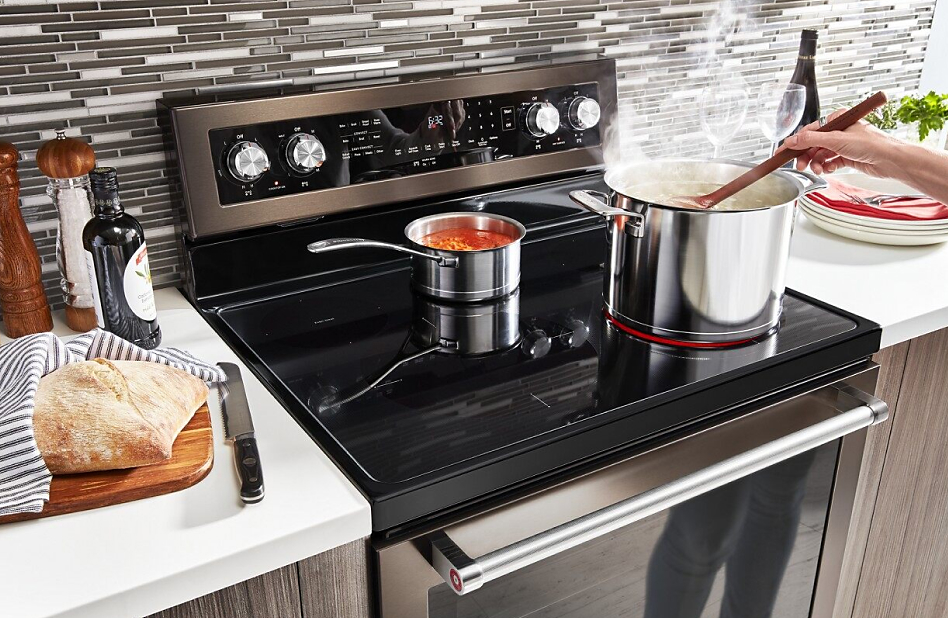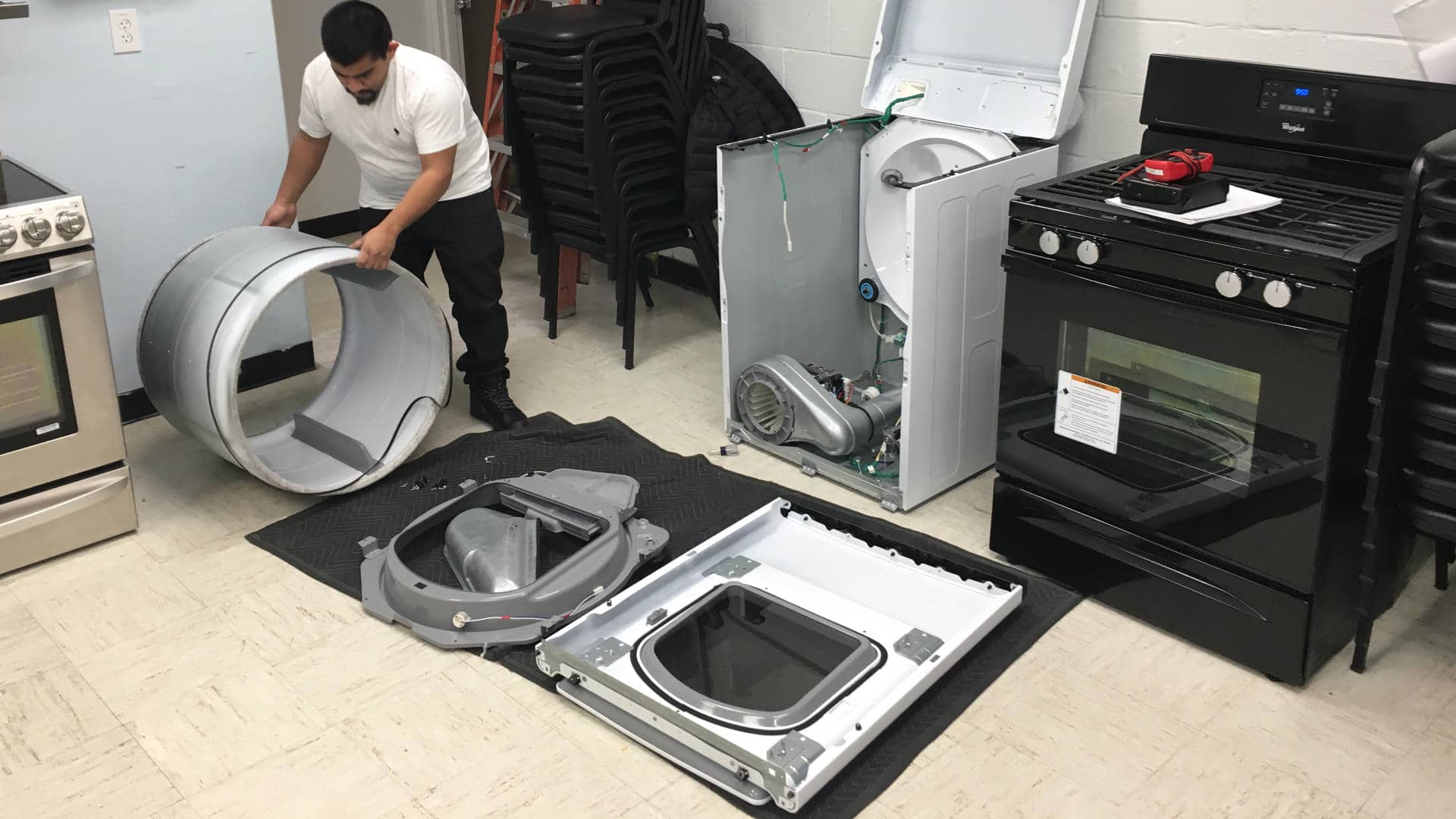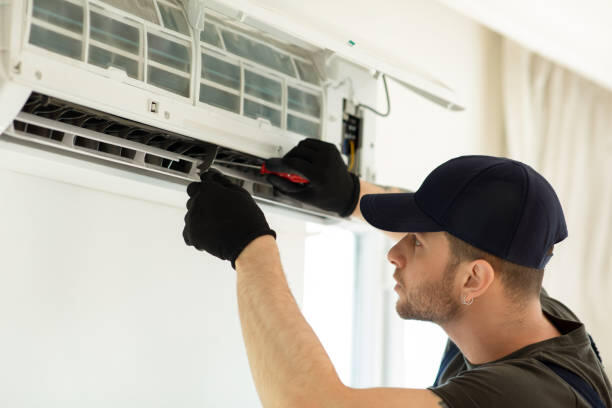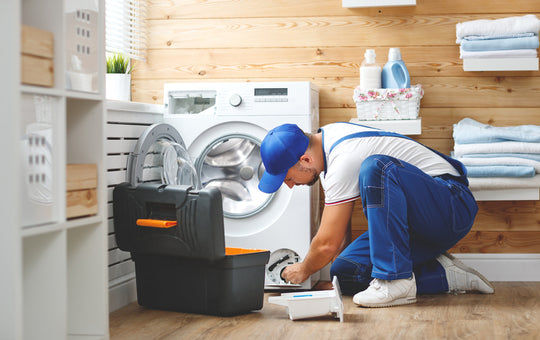Refrigerator Repair Guide Solving Common Issues
In any household, a functional refrigerator is indispensable. However, when issues arise, knowing how to troubleshoot and repair common problems becomes essential. This refrigerator repair guide aims to equip you with the knowledge and skills needed to address various issues efficiently. From noisy compressors to ice maker malfunctions and frost build-up in the freezer, understanding the root causes and implementing effective solutions can save time, money, and frustration. Whether you're dealing with temperature control problems or water leaks, this guide provides step-by-step instructions and expert tips to help you restore your refrigerator to optimal working condition. Let's dive into the world of refrigerator repair and maintenance.
How to Fix a Leaking Refrigerator
Leaking refrigerators can be a source of frustration and inconvenience, but with the right know-how, you can often resolve this issue yourself. Here's a step-by-step guide on how to fix a leaking refrigerator:
Identify the Source of the Leak: The first step is to locate where the leak is coming from. Check the defrost drain pan, water supply line, and ice maker for any signs of moisture or pooling water.
Inspect the Defrost Drain: If the leak is coming from inside the refrigerator, it could be due to a clogged or frozen defrost drain. To fix this, carefully remove any debris or ice buildup from the drain using a turkey baster or a pipe cleaner.
Check the Water Supply Line: If the leak is coming from the back of the refrigerator, it may be due to a faulty water supply line. Inspect the line for any cracks, kinks, or loose connections. Tighten or replace the water supply line as needed.
Examine the Ice Maker: Leaks around the ice maker can be caused by a faulty water inlet valve or a damaged ice maker assembly. Inspect these components for any signs of wear or damage, and replace them if necessary.
Clean the Condenser Coils: Dirty or dusty condenser coils can cause the refrigerator to overheat, leading to excess condensation and leaks. Use a vacuum cleaner or a coil brush to remove any debris from the coils, and ensure proper airflow around the refrigerator.
By following these steps, you can often fix a leaking refrigerator and prevent further water damage to your home. However, if the leak persists or if you're unsure about performing these repairs yourself, don't hesitate to contact a professional refrigerator repair service for assistance.
Remember, regular maintenance and prompt repairs are essential for keeping your refrigerator in top condition and preventing future issues.
Troubleshooting Temperature Control Problems
Troubleshooting temperature control problems in your refrigerator is essential for ensuring that your food stays fresh and safe to eat. Here's a helpful guide to diagnose and address these issues:
Check the Thermostat Settings: Start by examining the thermostat settings to ensure they're properly configured. If the temperature control dial is set too low or too high, adjust it accordingly to reach the desired temperature range for your refrigerator.
Inspect the Evaporator Fan: A malfunctioning evaporator fan can disrupt airflow and cause temperature fluctuations inside the refrigerator. Listen for any unusual noises coming from the fan, and if it's not running or spinning properly, it may need to be repaired or replaced.
Clean the Condenser Coils: Dirty or dusty condenser coils can obstruct heat dissipation, leading to inadequate cooling performance. Use a vacuum cleaner or a coil brush to remove any debris from the coils, allowing the refrigerator to operate more efficiently.
Test the Temperature Control Thermostat: The temperature control thermostat regulates the refrigerator's cooling cycle. Use a multimeter to test the thermostat for continuity and ensure it's functioning correctly. If it's faulty, replace it to restore proper temperature control.
Check the Door Seals: Damaged or worn-out door seals can allow warm air to enter the refrigerator, causing temperature fluctuations. Inspect the seals for any tears, cracks, or gaps, and replace them if necessary to maintain a tight seal around the door.
By following these troubleshooting steps, you can often diagnose and resolve temperature control problems in your refrigerator. However, if the issue persists or if you're unsure about performing these repairs yourself, it's best to contact a professional refrigerator repair service for assistance.
Remember, regular maintenance and prompt repairs are key to keeping your refrigerator running smoothly and preserving the freshness of your food.
Dealing with Noisy Refrigerator Compressors
Dealing with noisy refrigerator compressors can be bothersome, but understanding the causes and solutions can help restore peace and quiet to your kitchen. Here's how to address this common issue:
- Identify the Source of the Noise
- Check for Loose or Worn Parts
- Clean the Condenser Coils
- Level the Refrigerator
- Consider Professional Repair
Identify the Source of the Noise
The first step is to pinpoint where the noise is coming from. Noisy compressors often produce rattling, buzzing, or humming sounds. Listen carefully to determine if the noise is coming from the compressor itself or other components like the condenser fan or evaporator fan.
Check for Loose or Worn Parts
Noisy compressors can be caused by loose or worn-out components. Inspect the compressor mounting bolts, fan blades, and other moving parts for any signs of wear or looseness. Tighten or replace these parts as needed to reduce noise levels.
Clean the Condenser Coils
Dirty or dusty condenser coils can cause the compressor to work harder than necessary, leading to increased noise levels. Use a vacuum cleaner or a coil brush to remove any debris from the coils and ensure proper airflow around the compressor.
Level the Refrigerator
Uneven flooring or improper leveling can cause the refrigerator to vibrate and produce excessive noise. Use a leveling tool to check if the refrigerator is sitting evenly on the floor. Adjust the leveling feet as needed to stabilize the appliance and reduce vibrations.
Consider Professional Repair
If the noise persists despite these troubleshooting steps, it may indicate a more serious problem with the compressor or other internal components. In such cases, it's best to contact a professional refrigerator repair service for diagnosis and repair.
By addressing noisy refrigerator compressors promptly and properly, you can enjoy a quieter kitchen environment and ensure the smooth operation of your appliance.
Repairing Ice Maker Malfunctions
Repairing ice maker malfunctions is a common task for many refrigerator owners. Here's a helpful guide to troubleshoot and fix issues with your ice maker:
- Check the Water Supply
- Inspect the Water Inlet Valve
- Clear Ice Buildup
- Check the Ice Maker Components
- Test the Temperature
Check the Water Supply: The first step in addressing ice maker malfunctions is to ensure that the water supply line is connected and providing water to the ice maker. Check for any kinks or obstructions in the water line and ensure that the water supply valve is open.
Inspect the Water Inlet Valve: A faulty water inlet valve can prevent water from reaching the ice maker, leading to ice production issues. Use a multimeter to test the continuity of the water inlet valve. If it's not functioning properly, replace the valve to restore water flow to the ice maker.
Clear Ice Buildup: Ice buildup in the ice maker can obstruct the ice-making mechanism and prevent it from functioning correctly. Carefully remove any excess ice from the ice maker using a plastic utensil or ice pick. Be gentle to avoid damaging the ice maker components.
Check the Ice Maker Components: Inspect the ice maker components, including the ice mold, ice level arm, and ejector blades, for any signs of damage or obstruction. Clean the components thoroughly to ensure proper ice production and release.
Test the Temperature: Inadequate cooling inside the freezer compartment can also affect ice maker performance. Use a thermometer to check the temperature inside the freezer. It should be between 0 and 5 degrees Fahrenheit (-18 to -15 degrees Celsius) for optimal ice production.
By following these troubleshooting steps, you can often repair ice maker malfunctions and restore ice production in your refrigerator. However, if the issue persists or if you're unsure about performing these repairs yourself, it's best to contact a professional refrigerator repair service for assistance.
Remember, regular maintenance and prompt repairs are key to keeping your refrigerator and ice maker in top condition.
Addressing Frost Build-Up in Freezer
Addressing frost build-up in the freezer is essential for maintaining the efficiency and performance of your refrigerator. Here are some steps to help you tackle this common issue:
Identify the Cause: Frost build-up in the freezer can occur due to several factors, including a faulty door seal, a clogged defrost drain, or excessive humidity inside the freezer. Begin by determining the underlying cause of the frost accumulation to effectively address the problem.
Check the Door Seal: Inspect the door seal for any tears, gaps, or damage that may be allowing warm air to enter the freezer. A faulty door seal can result in frost build-up along the door edges. Replace the seal if necessary to create a tight seal and prevent air leaks.
Clear the Defrost Drain: A clogged defrost drain can cause water to accumulate and freeze inside the freezer, leading to frost build-up. Use a pipe cleaner or a turkey baster filled with hot water to clear any debris or ice blockages from the defrost drain. This will allow proper drainage and prevent frost accumulation.
Monitor the Temperature: Ensure that the freezer temperature is set to the appropriate level (typically 0 degrees Fahrenheit or -18 degrees Celsius) to prevent frost build-up. Use a thermometer to monitor the temperature regularly and adjust the settings as needed to maintain optimal conditions.
Remove Excess Frost: If frost has already accumulated inside the freezer, carefully remove it using a plastic scraper or spatula. Avoid using sharp objects that could damage the freezer walls or evaporator coils. Once the excess frost is removed, wipe down the interior with a clean, dry cloth.
By addressing frost build-up in the freezer promptly and effectively, you can prevent potential damage to your refrigerator and ensure efficient cooling performance.






